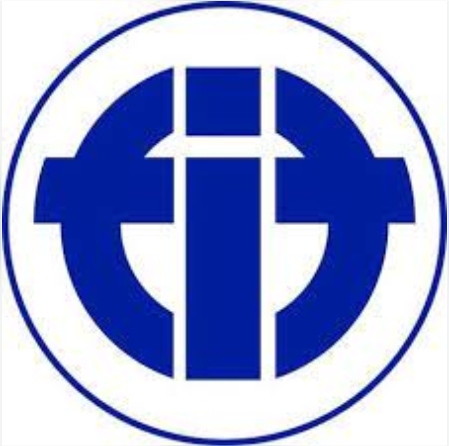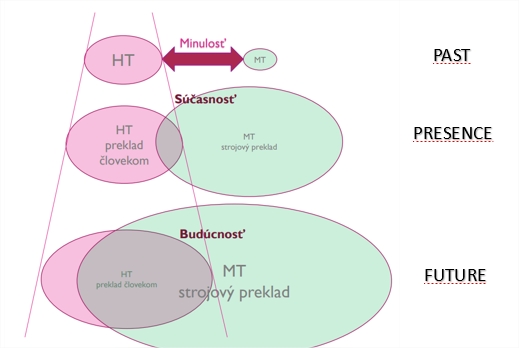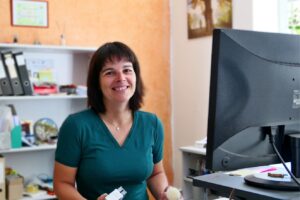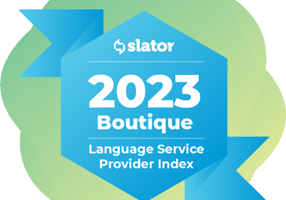by Jakub Absolon, PhD., ASAP-translation.com
Although standards on translation like ISO17100 are not very old, they were created in the era, where “One Size Fits All” was still valid. However, now we live in the era where people use various processes to obtain a translation of the quality level they need.

We have been working as an LSP company for more than two decades and we were early adopters of new processes and technologies among the first on the translation market like CAT and MT. We offer various types of translation to our clients – from sworn translation to PEMT and even raw MT. So, as you can see, we are definitely not against technology or MT. However, we are surprised by the efforts to promote the so-called Full PE, where the desired result is qualitatively at the level of human translation. The theory of the existence of Full PE and Light PE has also been reflected in the 2017 ISO standard, where Full PE is defined as “process of correcting machine translation output to obtain a product comparable to human translation“. The very fact that the standard uses the phrase or term “comparable to human translation” or “merely comprehensible” is almost grotesque, as the standard should precisely define its subject and not just set vague descriptions that are open to interpretation. Unfortunately, the IT companies marketing or lobby is very strong and raising this topic on conferences often sponsored by them is not very popular. Instead, we can hear more and more about the end of translators and the amazing performance of NMTs and LLMs. The practice, however, is quite different. People still demand quality, but, thanks to the Full PE theories, they would like to buy a quality translation at half the price. The client then believes that, after all, the MT engine has actually already done everything, and all that translators need to do is to find those few errors which the robot has made. It’s like putting a needle in a haystack and pay the “needle hunter” by the number of needles found.
MT has clearly brought more efficiency to translation process, and it is more than 100% certain that there will be soon no translation without MT, just as it happened with TM. However, a human will still be needed to check and correct the translation if necessary. It is the human translator, or otherwise known as the posteditor, who is ultimately responsible for the translation. If you use one of the available MTs to translate (e.g. Google or DeepL), you must first agree that the MT engine, i.e. the company that runs the service, is not responsible for the translation. Regarding PE, if you think that a translator who reads a text “at the speed of light” cannot make a mistake, you are very wrong. That is why the PE service should also have a limited liability. If the translator is to be fully responsible for the translation, he must be given time to do so, so that the translator can do not only revision but also research and decision-making. Thus, if we demand 100% quality from the translator at the level of his maximum ability, it is a Human Translation not PE, even if he has used MT or LLM in the translation process.
A professional translator uses (or should use) MT only as a tool, but translator is still the process owner. In contrast, for an ordinary user MT serves as a tool for basic understanding (e.g. I’m on holiday in Spain and I don’t understand Spanish, I turn on my smartphone, scan the sign and find out, for example, that “the bus stop is temporarily out of service”). A professional translator MUST NEVER get to the level of the above-mentioned consumer and must not use MT to understand the translated text. Under no circumstances should a translator use MT to translate a text that he would not otherwise understand or an unfamiliar topic. Doing so, the translator risks a crucial translation error. The translator uses MT just to
- increase the speed of translation,
- and, together with online resources and translation memories, MT allows him to obtain a wider range of possible solutions to a translation problem.
Four categories of translation services
Quality is gained by process and process comes hand in hand with a guarantee or liability, therefore, regarding quality assurance (QA) process, I believe there are 4 types/grades/categories of translation services:
- MT – there is no guarantee for quality and no liability.
- PEMT (MTPE) – limited liability because we expect there are still some minor errors in the postedited text but there is also a significant risk posteditors can make a mistake because of high-speed processing.
- Regular translation – full guarantees, but this service is not sufficient enough for high risk or high visibility texts (expensive prints, manuals where the error can cause serious financial or material damage, injury or even death of a user)
- TEP or ISO 17100 translation – full guarantees
Risk management which we call the Dynamic Translation Quality Management is necessary before we choose a proper QA for our translation. That is why we have a problem to accept the definition of Full PE and Light PE. In Full PE, they want translator to be fully liable for his translation and that is why we believe Full PE belongs to Human Translation although it is assisted with MT. Let´s have a look how PE is defined in ISO standards:
ISO 18587:2017 and ISO 17100:2015 define post-editing as “edit and correct machine translation output”. However, this definition does not apply to the situation where the translator sees and uses the suggestions of a machine translation tool that is part of a computer-aided translation (CAT) tool.
ISO 18587:2017 further defines two types of PE
- “full post-editing” as “the process of post-editing to obtain a product comparable to a product obtained by human translation” and
- “light post-editing” as “the process of post-editing to obtain a merely comprehensible text without any attempt to produce a product comparable to a product obtained by human translation.
In my opinion, other variables that distinguish HT from PEMT need to be included in the definition. First, we should ask a question why did PEMT come into existence? Because we wanted to reduce translation costs and delivery time. For this reason, we define PEMT as follows:
PEMT definition:
Post-editing of MT is a method of rapid translation using automated/machine translation, with subsequent checking and correction by a translator so that the quality of the final product reaches the desired level.
To meet the speed requirement, the following assumptions are necessary:
- The posteditor must be familiar with the topic and terminology ofthe translated text and understand the activity/process that thetext is describing,
- The posteditor must be proficient in typing and advanced editing techniques and
- The posteditor must be familiar with the software/application in which he works (CAT).
To meet the quality requirement, the following prerequisites are necessary:
- Raw MT output can only be automatically copied into a translation (before or during work) if there is a presumption (based on a sample of the output) that the vast majority of MT translated segments achieve the following quality level:
- applicable without modification
- applicable with minimum modifications
Thus, if we compare HT where the translator “sees and uses suggestions” (ISO 17100) from translation resources such as TM, TB and MT within CAT and must achieve maximum quality, with the so-called Full PE where the translator “modifies the output of the machine translation to obtain a product comparable to human translation”, the result of both procedures is actually identical. But if Full PE is half as fast and cheaper than HT, HT has lost its reason for existence. The other possibility is that this is just misleading the customer and Full PE should be included among HT services, or simply forgotten.
For these reasons, I think it is necessary to revise ISO 18587:2017 on PE and stop using the term Full PE. As for discounts for translation, these will always be the result of an agreement. However, it is necessary to offer a price at which the translator can operate in the region.
Some translation agencies are now also using a process which they call MTPE + revision. It’s similar to when you cook an instant soup and ask the chef to season it to the level of a 5-star restaurant. The absolute funniest thing is when you are asked to do it by an ISO certified company.
I was trying to initialize a discussion on this topic approximately two years ago via the EUATC, however, there was not a big interest. I am very happy FIT opens the topic and, hopefully, together with the EUATC, GALA and other players on the field, we will come to a mutual agreement which will protect the translation industry. I believe there is enough space for all categories/grades of translation.



























